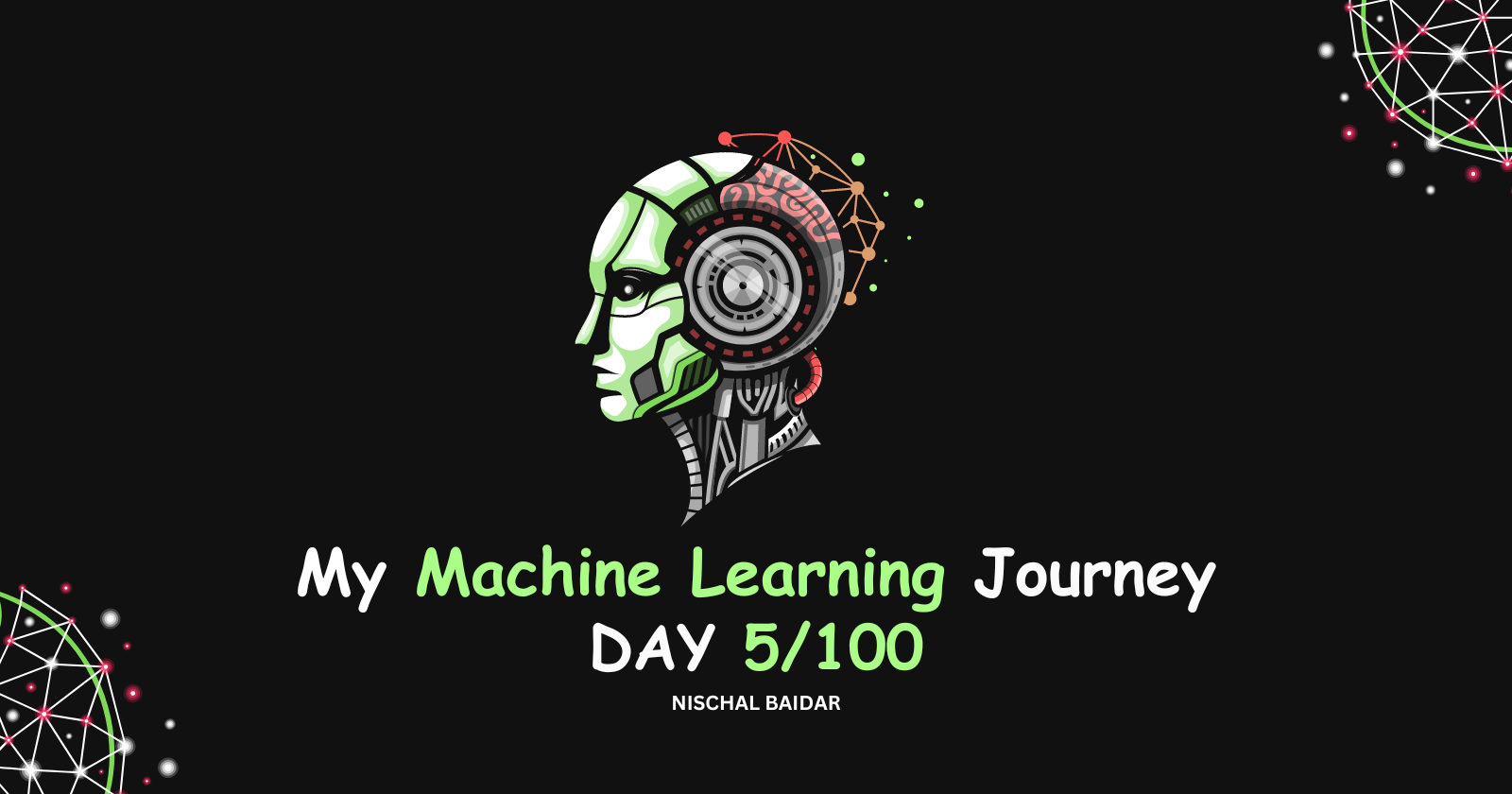Day 5 - Top Challenges in Machine Learning 🤖💻
 Nischal Baidar
Nischal Baidar
Data Collection 📊: Collecting a large and relevant dataset is often difficult. For example, in healthcare AI, there might be limited patient records, making it challenging to build accurate models.
Non-Representative Data 🎯: If the data used to train a model doesn't represent the diversity of real-world scenarios, the model can be biased. For instance, a model trained on data from only one demographic might not perform well on others.
Overfitting 🚫: Overfitting happens when a model learns the training data too well, including noise and outliers, leading to poor performance on new data. For example, a model might show great accuracy on training data but fail in real-world tests.
Underfitting 📉: This occurs when a model is too simple to capture the complexities in the data, resulting in poor performance both on training and test data. An example is using a linear model to predict outcomes in a complex problem like speech recognition.
Cost Estimation 💰: Predicting the costs involved in developing, deploying, and maintaining machine learning models can be challenging. For example, unexpected cloud computing expenses can arise during the deployment phase.
Offline Learning/Deployment 🔄: Updating models that are deployed offline or in real-time environments is difficult. Autonomous vehicles, for example, require continuous updates, which can be hard to implement without downtime.
Software Integration 🧩: Machine learning models often need to be integrated into existing systems, which can be complex. For instance, integrating a Python-based machine learning model into a system primarily built in Java can require significant effort.
Irrelevant Features 🧹: Including unnecessary or noisy data can confuse the model, leading to inaccurate predictions. For example, using social media data to predict physical health might introduce irrelevant information.
Poor Quality Data 🚫: Inaccurate or inconsistent data leads to poor model performance. An example is a dataset where images are mislabeled, causing the model to learn incorrect patterns.
Insufficient Data 📉: When there isn't enough data to train the model, it struggles to learn effectively. For instance, rare diseases may only have a few documented cases, making it difficult to train a model accurately.
Subscribe to my newsletter
Read articles from Nischal Baidar directly inside your inbox. Subscribe to the newsletter, and don't miss out.
Written by
